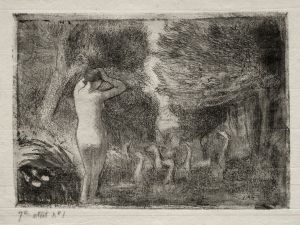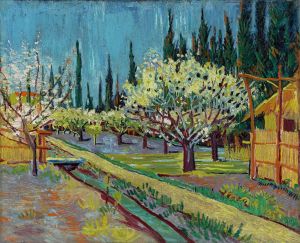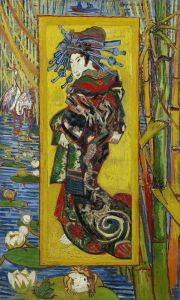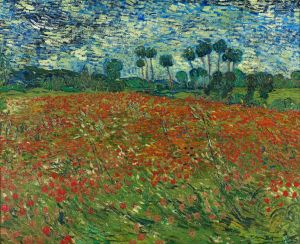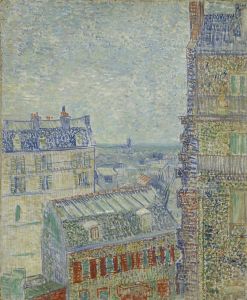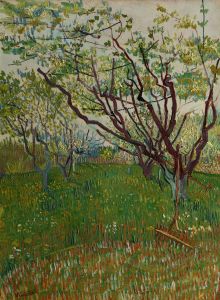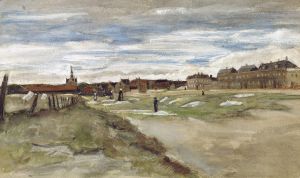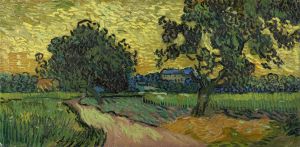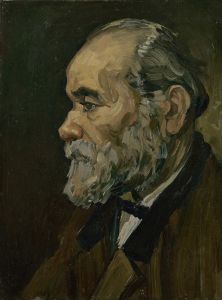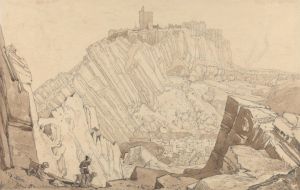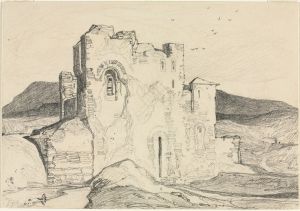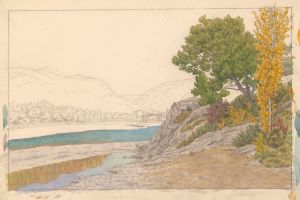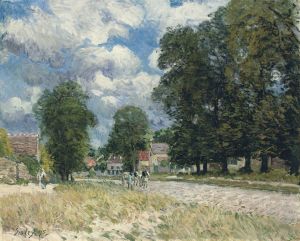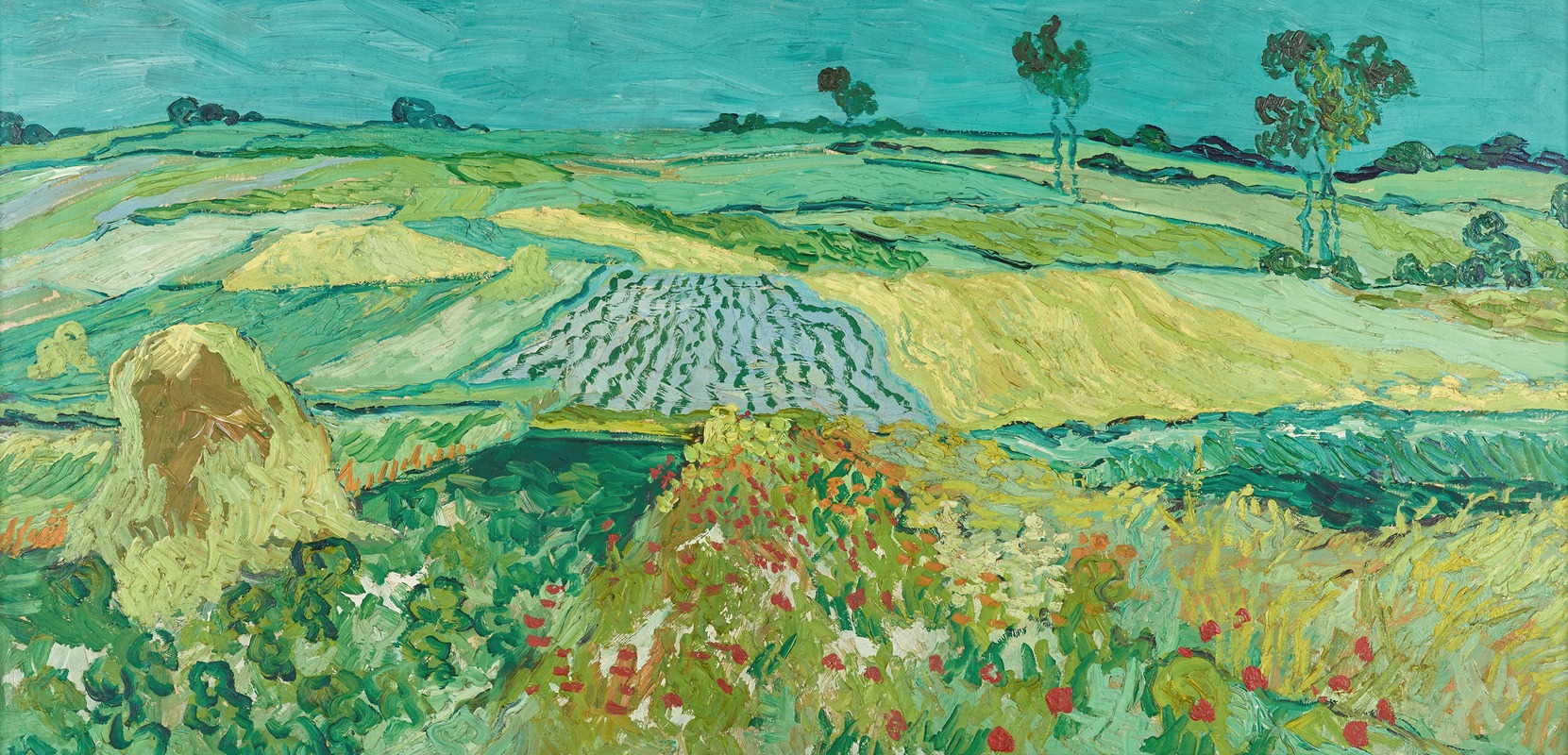
Die Ebene Von Auvers
A hand-painted replica of Vincent van Gogh’s masterpiece Die Ebene Von Auvers, meticulously crafted by professional artists to capture the true essence of the original. Each piece is created with museum-quality canvas and rare mineral pigments, carefully painted by experienced artists with delicate brushstrokes and rich, layered colors to perfectly recreate the texture of the original artwork. Unlike machine-printed reproductions, this hand-painted version brings the painting to life, infused with the artist’s emotions and skill in every stroke. Whether for personal collection or home decoration, it instantly elevates the artistic atmosphere of any space.
Vincent van Gogh's painting Die Ebene von Auvers (translated as The Plain of Auvers) is one of the works created during the final months of the artist's life in 1890. Van Gogh painted this piece in Auvers-sur-Oise, a small village in northern France where he moved in May 1890 after leaving the asylum in Saint-Rémy-de-Provence. This period is notable for Van Gogh's intense productivity, during which he completed around 70 paintings in just over two months.
The painting depicts the expansive plains surrounding Auvers-sur-Oise, showcasing Van Gogh's fascination with the rural landscape. The composition is characterized by its dynamic brushwork, vibrant colors, and expressive style, which are hallmarks of Van Gogh's later works. The scene captures the vastness of the countryside, with fields stretching into the distance under a dramatic sky. The use of bold, swirling strokes and contrasting tones conveys a sense of movement and emotional intensity.
Van Gogh's time in Auvers was marked by a focus on landscapes and rural life, reflecting his deep connection to nature. The area around Auvers provided him with abundant inspiration, and he often painted outdoors to capture the changing light and atmosphere. The Plain of Auvers is one of several works from this period that highlight the open fields and agricultural environment of the region.
This painting is considered an example of Van Gogh's mature style, where he combined his earlier influences with his own unique approach to color and form. The work demonstrates his ability to convey mood and emotion through his use of color and texture, as well as his interest in capturing the essence of the natural world.
Van Gogh's stay in Auvers was tragically short-lived, as he died on July 29, 1890, at the age of 37. His works from this period, including The Plain of Auvers, are often viewed as a culmination of his artistic development and a testament to his enduring legacy as one of the most influential painters in Western art history.
The exact location of Die Ebene von Auvers today is not specified in available records, and it is unclear whether the painting is part of a public or private collection.






